Introduction:
A discolored mirror can be a disappointment, as it detracts from the mirror’s reflective qualities and overall appearance. Discoloration can occur due to various factors, such as age, exposure to sunlight or moisture, or the deterioration of the mirror’s protective coating. While it may not be possible to completely reverse the discoloration, there are methods to improve the appearance of a discolored mirror and restore its functionality. In this article, we will explore different techniques and steps for fixing a discolored mirror, including cleaning and treating the surface, applying specialized products, and seeking professional assistance. By following these guidelines, you can enhance the look of a discolored mirror and prolong its usefulness.

Can you fix a discolored mirror?
Assessing the Discoloration:
Before attempting to fix a discolored mirror, it is important to assess the extent and nature of the discoloration. Consider the following factors:
a. Type of Discoloration: Determine if the discoloration is uniform or if there are specific areas of concern. It could appear as yellowing, browning, or a cloudy haze on the mirror’s surface.
b. Cause of Discoloration: Identify potential causes of the discoloration. It could be due to age, exposure to sunlight or moisture, or the degradation of the mirror’s protective layer.
c. Reflectivity and Clarity: Evaluate the mirror’s current reflectivity and clarity. Determine if the discoloration affects the mirror’s ability to reflect images accurately or if it simply affects its appearance.
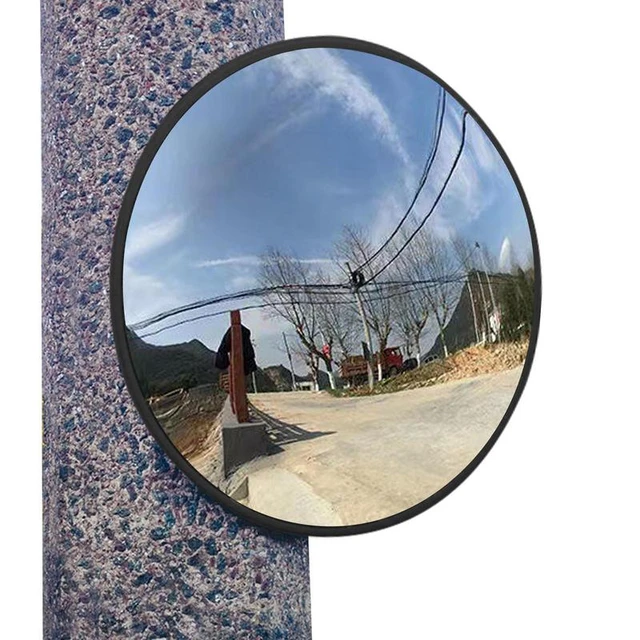
Cleaning and Treating the Surface:
Cleaning and treating the surface can help improve the appearance of a discolored mirror. Follow these steps for effective cleaning and treatment:
a. Gather the Necessary Materials: Prepare a mild glass cleaner, a lint-free cloth, and a soft-bristle brush or sponge for cleaning. Additionally, consider using a specialized mirror cleaning solution or a vinegar-water mixture for treating the discolored areas.
b. Clean the Mirror: Spray the mild glass cleaner onto the mirror’s surface and wipe it using a lint-free cloth. Ensure the cloth is non-abrasive to prevent scratching the mirror. Clean the mirror thoroughly, removing any dirt, dust, or residue that may contribute to the discoloration.
c. Focus on Discolored Areas: If the discoloration is concentrated in specific areas, apply the specialized mirror cleaning solution or the vinegar-water mixture to the affected areas. Gently scrub the discolored areas using a soft-bristle brush or sponge. This can help remove any buildup that may be contributing to the discoloration.
d. Rinse and Dry: After treating the discolored areas, rinse the mirror’s surface with clean water to remove any residue from the cleaning solution or vinegar mixture. Dry the mirror with a lint-free cloth, making sure no moisture remains on the surface.
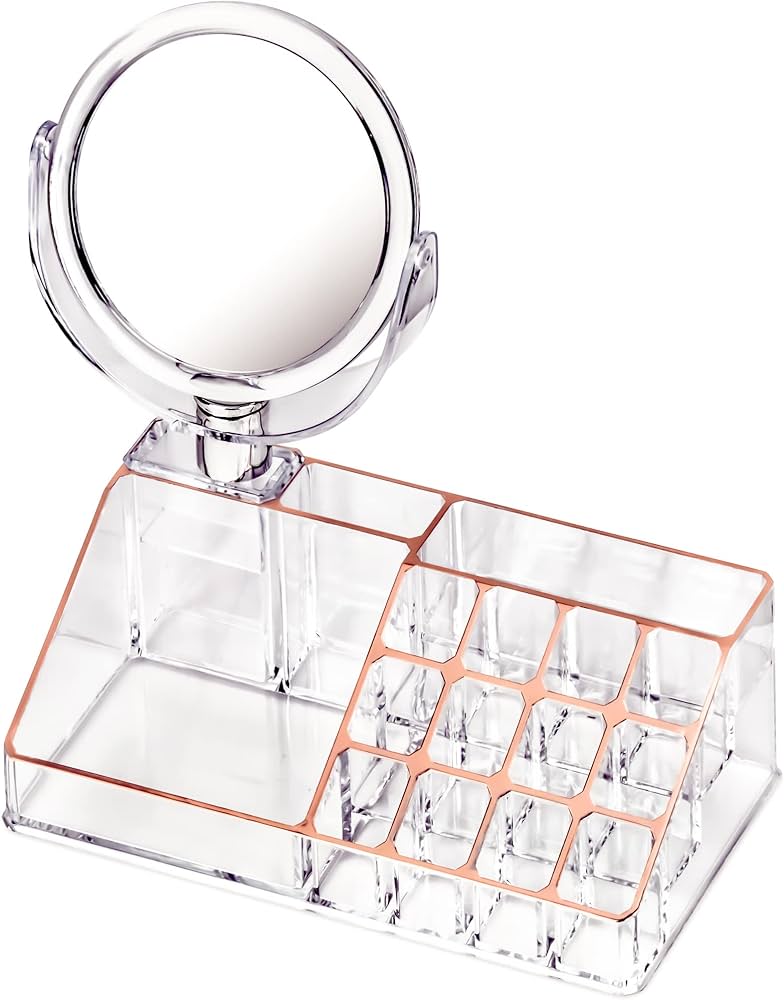
Using Specialized Products:
Specialized products can be applied to a discolored mirror to help improve its appearance. Consider the following options:
a. Mirror Resurfacing Kits: Mirror resurfacing kits are designed to restore the reflective qualities of a discolored mirror. These kits typically include products such as resurfacing compounds, applicators, and polishing pads. Follow the instructions provided with the kit to effectively resurface the mirror’s surface and minimize the appearance of discoloration.
b. Oxidation Removers: Oxidation removers are formulated to remove oxidation and restore the clarity of mirrors. These products often contain mild abrasives or polishing compounds that help minimize discoloration and restore the mirror’s reflective qualities. Apply the oxidation remover according to the manufacturer’s instructions and use a soft cloth or sponge for gentle polishing.
c. Silvering Restoration Kits: Silvering restoration kits are specifically designed to repair and restore the silvering on mirrors. These kits typically include silvering solutions, activators, and sealers. Follow the provided instructions to apply the silvering solution to the discolored areas and restore the mirror’s reflectivity. This technique is best suited for mirrors with deteriorated or damaged silvering that contributes to the discoloration.
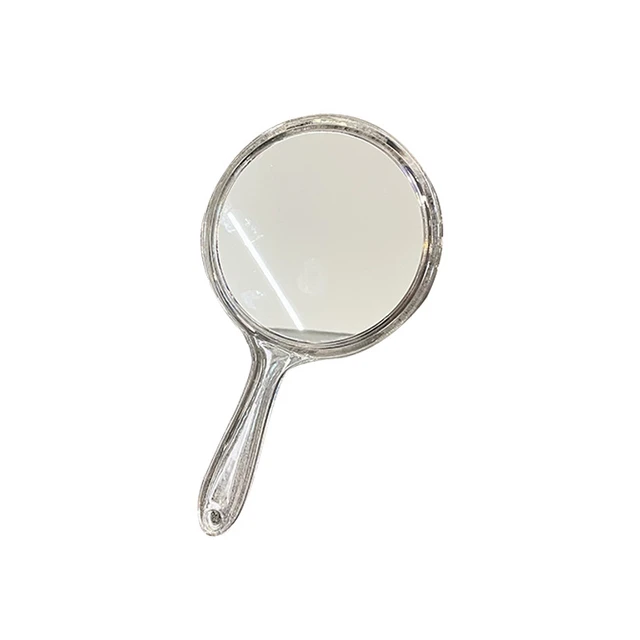
Seeking Professional Assistance:
If the discoloration persists or if the mirror has significant damage, seeking professional assistance is advisable. Professional mirror repair and restoration services have the expertise and resources to handle challenging cases of discoloration. Consider the following when seeking professional assistance:
a. Research and Recommendations: Conduct research to find reputable mirror repair and restoration services. Seek recommendations from friends, family, or professionals in the industry to ensure you choose a reliable service provider.
b. Consultation: Schedule a consultation with a professional mirror repair specialist to discuss the discoloration issue and explore potential solutions. They can assess the mirror’s condition and provide expert advice on the best course of action.
c. Professional Restoration Techniques: Mirror repair specialists have access to specialized techniques and equipment that may not be readily available to the average person. They can employ advanced methods, such as chemical stripping, resurfacing, or silvering restoration, to effectively address discoloration and restore the mirror’s appearance.
d. Mirror Replacement: In some cases, if the discoloration is extensive or if the mirror has significant damage, the professional specialist may recommend replacing the mirror. They can guide you through the process of selecting a suitable replacement and ensure proper installation.
Prevention and Maintenance:
Preventing future discoloration and maintaining the repaired mirror’s appearance is important. Consider the following tips:
a. Avoid Harsh Chemicals: Use mild glass cleaners and non-abrasive cleaning materials when maintaining the mirror’s cleanliness. Avoid harsh chemicals or abrasive scrubbing that may damage the mirror’s surface or contribute to discoloration.
b. Control Exposure to Sunlight and Moisture: Limit the mirror’s exposure to direct sunlight and high levels of humidity. Position the mirror away from windows or areas prone to moisture, as these factors can contribute to discoloration over time.
c. Gentle Handling: Handle the mirror with care to prevent scratches, cracks, or other damage that may impact its appearance. Avoid placing excessive pressure on the mirror’s surface or using abrasive materials during cleaning.
d. Regular Inspections: Periodically inspect the mirror for any signs of discoloration or damage. Address any issues promptly to prevent further discoloration and maintain the mirror’s appearance.
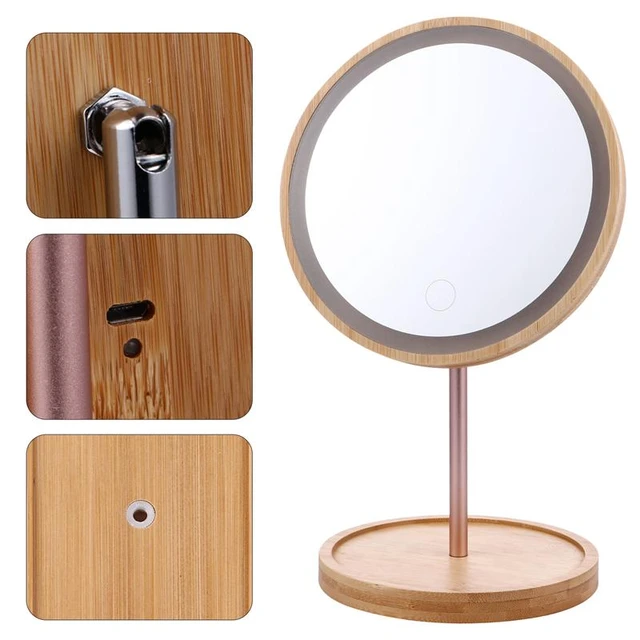
Conclusion:
Fixing a discolored mirror is achievable with proper cleaning, treatment, and the use of specialized products. By cleaning and treating the mirror’s surface, applying specific products such as mirror resurfacing kits or oxidation removers, and seeking professional assistance when necessary, you can improve the appearance of a discolored mirror. Implementing prevention and maintenance practices can help preserve the mirror’s appearance and prevent future discoloration. Enjoy the revived reflectivity and aesthetics of your repaired mirror, knowing that you have taken steps to prolong its usefulness and beauty.
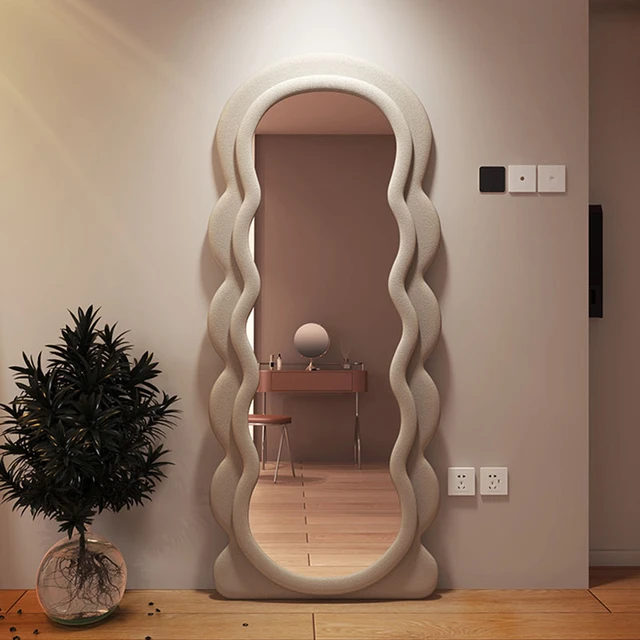
Leave a Reply